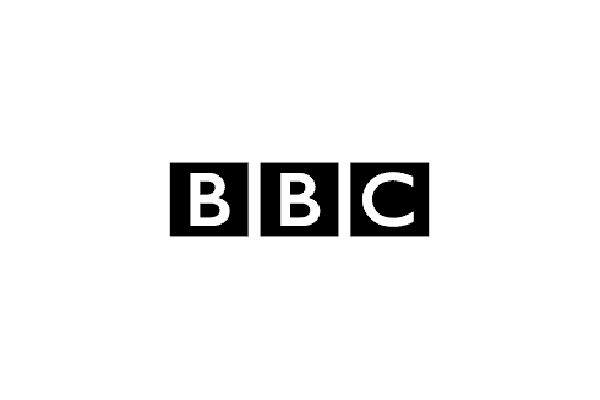An interest rate for savings accounts is the percentage at which interest is paid the sum of money you have in savings. We have given this factor the highest weight as the higher the interest, the better the returns on investment.
How we score our savings products
What you need to know about our scoring system
Our editors are always looking for ways to help our users find the best product for their needs. So we’ve launched a scoring system to help with the decision-making process.
Savings products are varied and it can feel overwhelming when you're faced with all the different options in the market.
For example, is a fixed-rate bond the right choice for you? Is the interest rate worth locking money away for years? To help with this, we’ve created a scoring system using data and market intelligence that updates every day.
Here, we look at the scoring system and review each type of savings account, so you can see how the score works.
The scoring system updates daily with the latest market intelligence."
Scoring inclusions
Interest rate
An interest rate for savings accounts is the percentage at which interest is paid the sum of money you have in savings. We have given this factor the highest weight as the higher the interest, the better the returns on investment.
Minimum initial deposit
The minimum initial deposit refers to the lowest amount of money required by the provider for you to open the savings account. This has the second highest weighting as this value will determine how many people can open the savings account.
Minimum balance
Minimum balance is when some savings accounts only give the headline interest rate if there is a particular balance in the account. As this factor impacts the interest rate, we’ve given this the third highest weighting.
Term and withdrawal conditions
The term on a savings account is the amount of time that the money will need to remain in the account until it can be accessed. If the money is withdrawn early, you might face a penalty. Withdrawal period is normally when the bank limits the amount of withdrawals each year or you might need to provide notice before withdrawing. These factors have equal weighting and it will depend on the type of savings account whether this is applicable.
Maximum balance
This balance is the maximum amount of money that can be held in the savings account. This factor is the lowest weighting as it is unlikely to impact the user’s decision. Savings accounts normally have high maximum balances. We then used the above factors to score the different savings accounts. For example, for notice savings accounts we scored the product against interest, minimum initial deposit, minimum balance, maximum balance and withdrawal conditions. Note that not all factors will be suitable for every type of account.
Scoring inclusions
Interest rate
Minimum initial deposit
The minimum initial deposit refers to the lowest amount of money required by the provider for you to open the savings account. This has the second highest weighting as this value will determine how many people can open the savings account.
Minimum balance
Minimum balance is when some savings accounts only give the headline interest rate if there is a particular balance in the account. As this factor impacts the interest rate, we’ve given this the third highest weighting.
Term and withdrawal conditions
The term on a savings account is the amount of time that the money will need to remain in the account until it can be accessed. If the money is withdrawn early, you might face a penalty. Withdrawal period is normally when the bank limits the amount of withdrawals each year or you might need to provide notice before withdrawing. These factors have equal weighting and it will depend on the type of savings account whether this is applicable.
Maximum balance
This balance is the maximum amount of money that can be held in the savings account. This factor is the lowest weighting as it is unlikely to impact the user’s decision. Savings accounts normally have high maximum balances. We then used the above factors to score the different savings accounts. For example, for notice savings accounts we scored the product against interest, minimum initial deposit, minimum balance, maximum balance and withdrawal conditions. Note that not all factors will be suitable for every type of account.
Scoring exclusions
Area restrictions
Some savings products are only available to people that live in a certain area.
Existing customers
These products will not be accessible to everyone, so are not included in our scoring system.
Children’s savings accounts
We’ve excluded this product from our main scoring system as this product has its own category and should be treated separately.
Scoring exclusions
Area restrictions
Some savings products are only available to people that live in a certain area.
Existing customers
These products will not be accessible to everyone, so are not included in our scoring system.
Children’s savings accounts
We’ve excluded this product from our main scoring system as this product has its own category and should be treated separately.
How we use the score to review products
On our savings pages, you’ll find a maximum of three products that we’ve highlighted as our best products.
These products will include a score that has been calculated using the weightings above. Out of 1,700+ products in our database and filtering out the exclusions, we compare 1,300+ products.
This scoring system also helps our editors to write their reviews as they can see why one product might have been scored higher than another in a similar category.
It’s important to note that the products featured are from our partners and we may receive a small commission if you click on the deal and then purchase it. However, this does not influence our scoring system or review and the commission does not impact the user.
This content always remains an editorial decision and our partners don’t control the score or content featured in this section.
We’ve been featured in
Amazing experience even though it…

Got a great savings account from…

Money.co.uk has helped provide the most…









